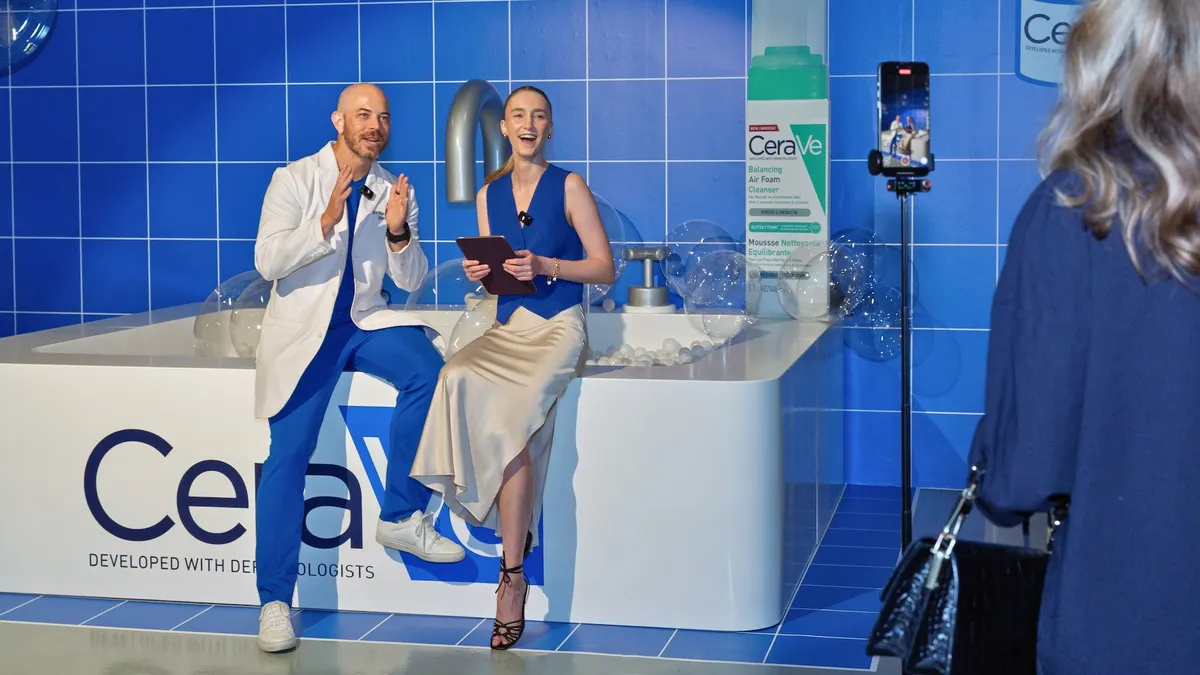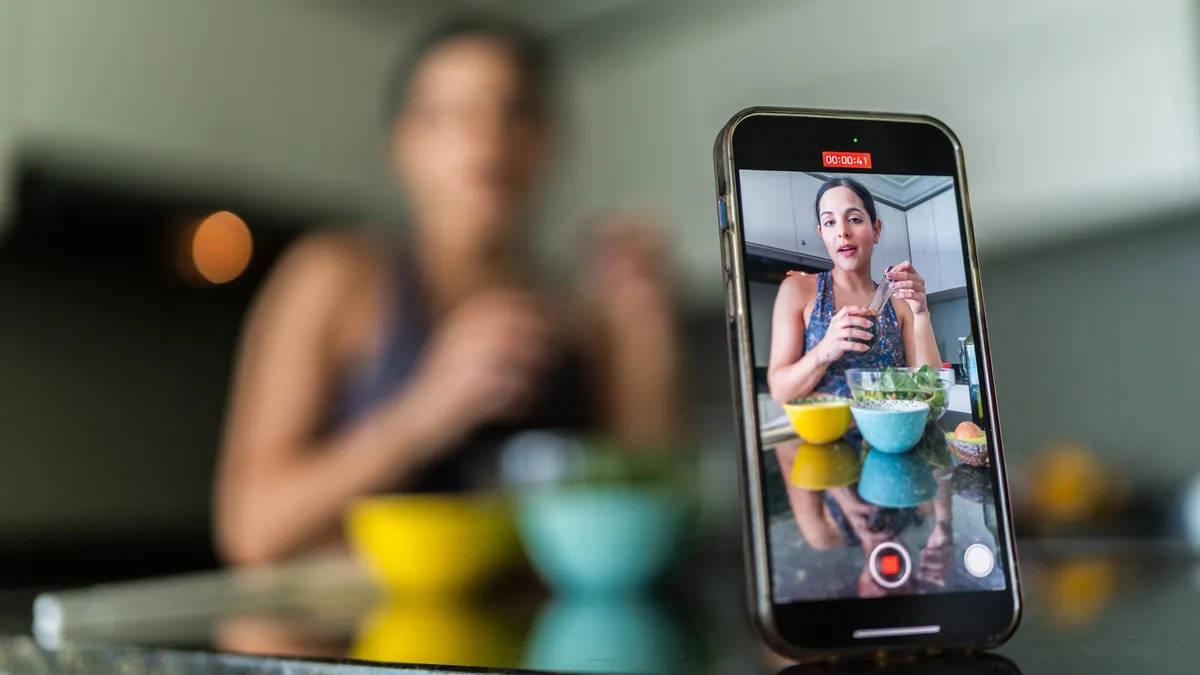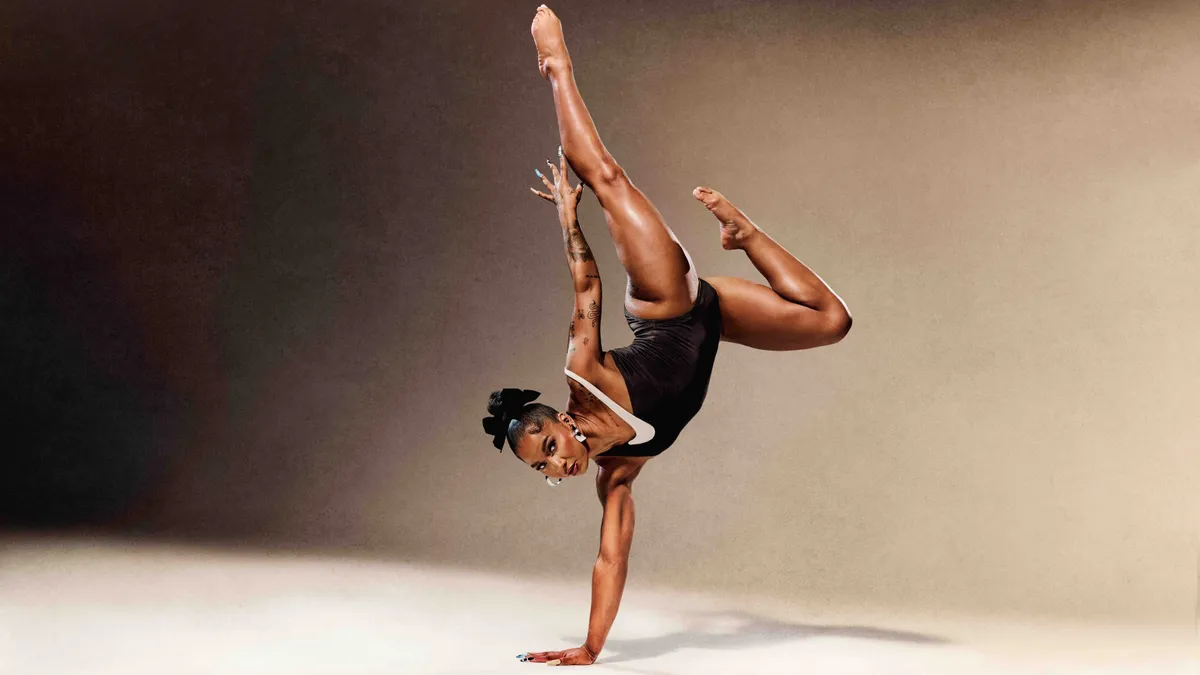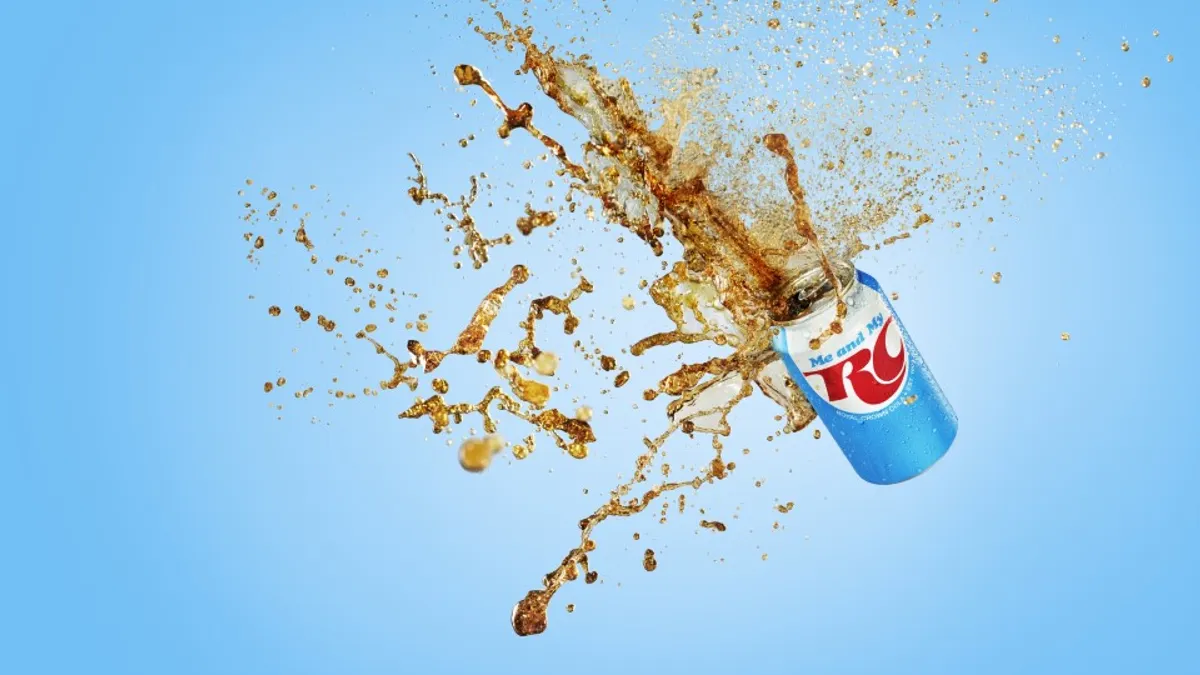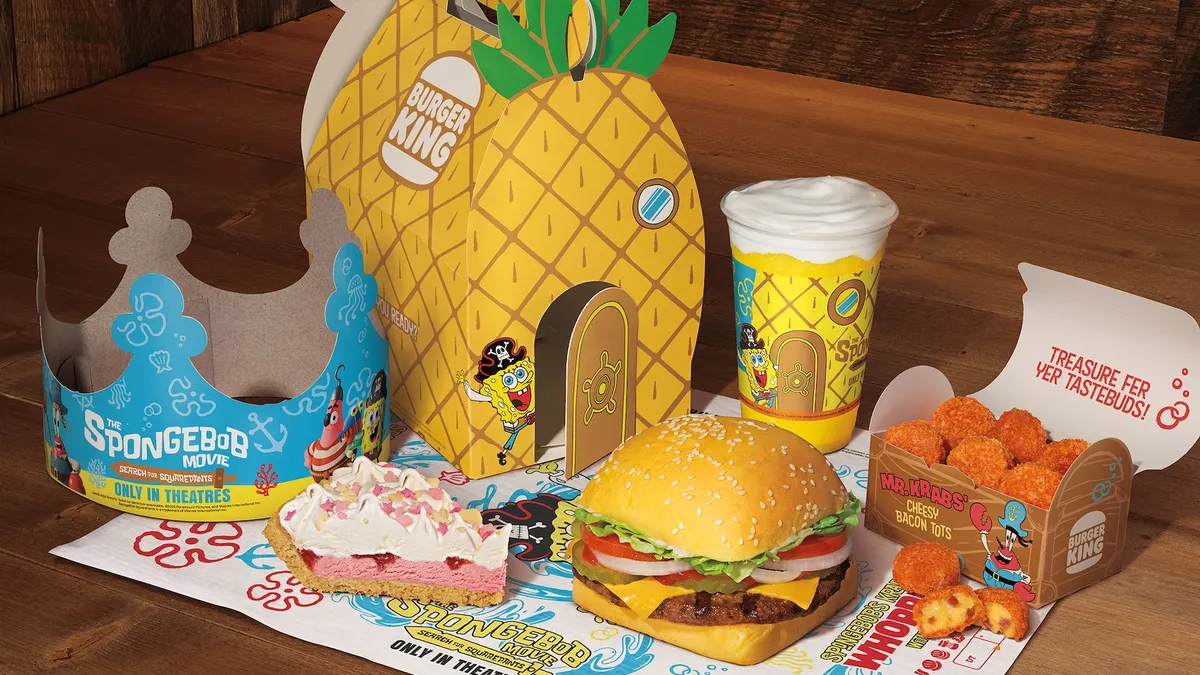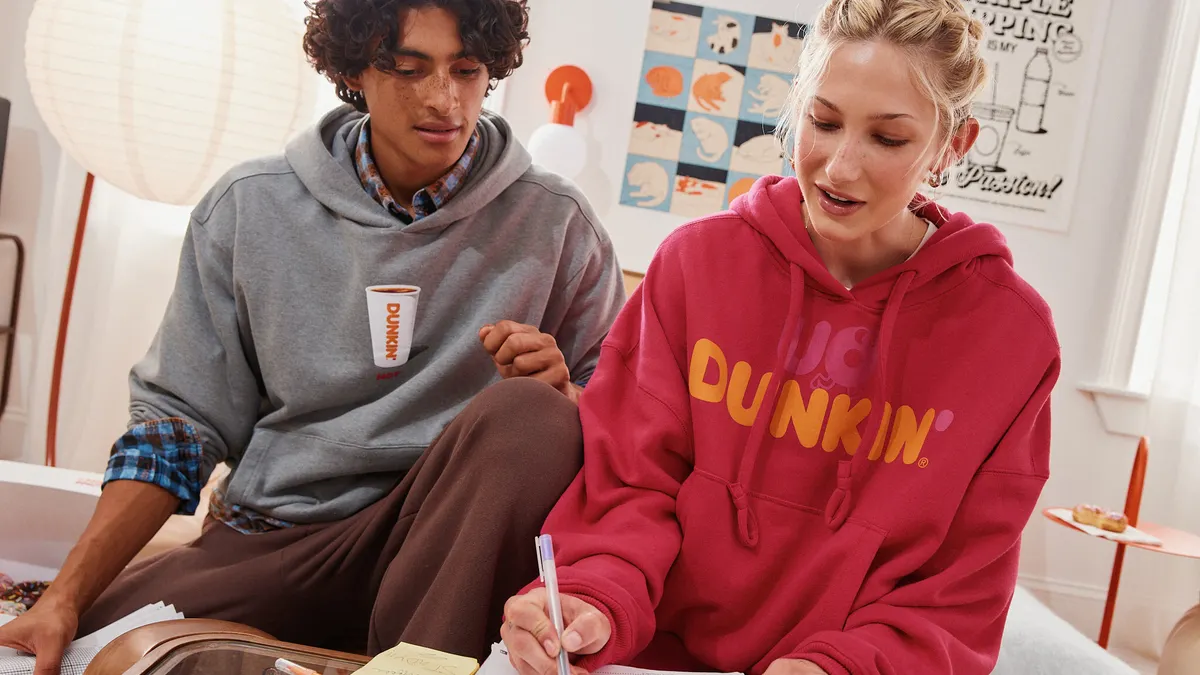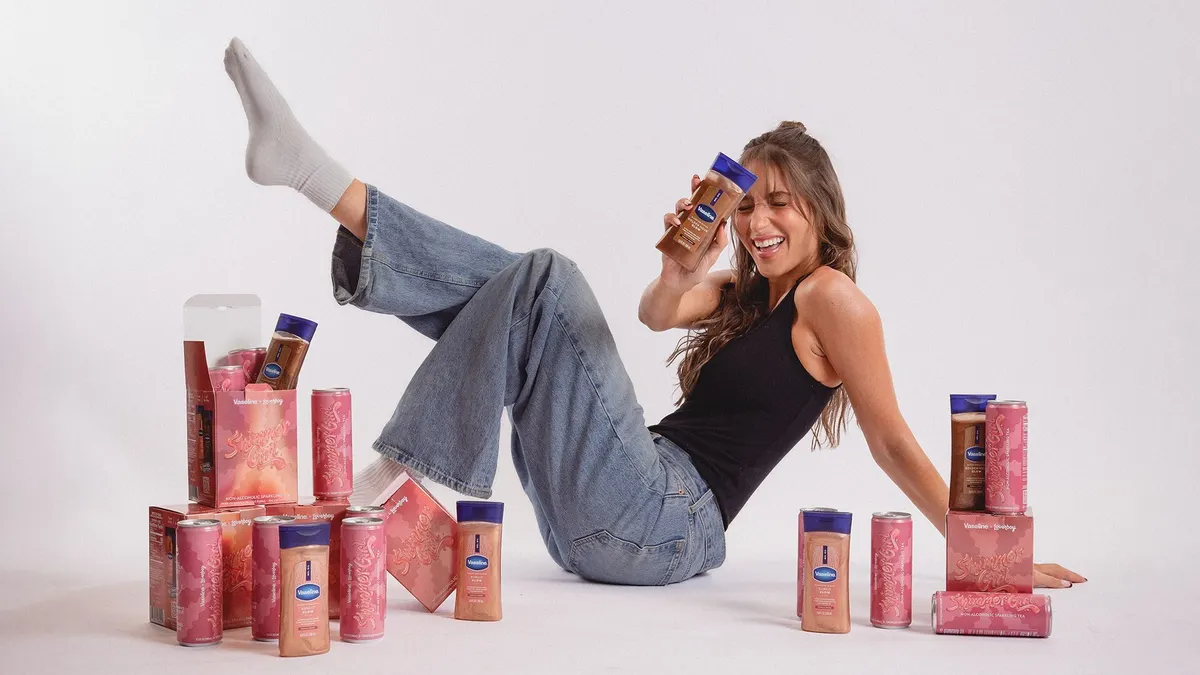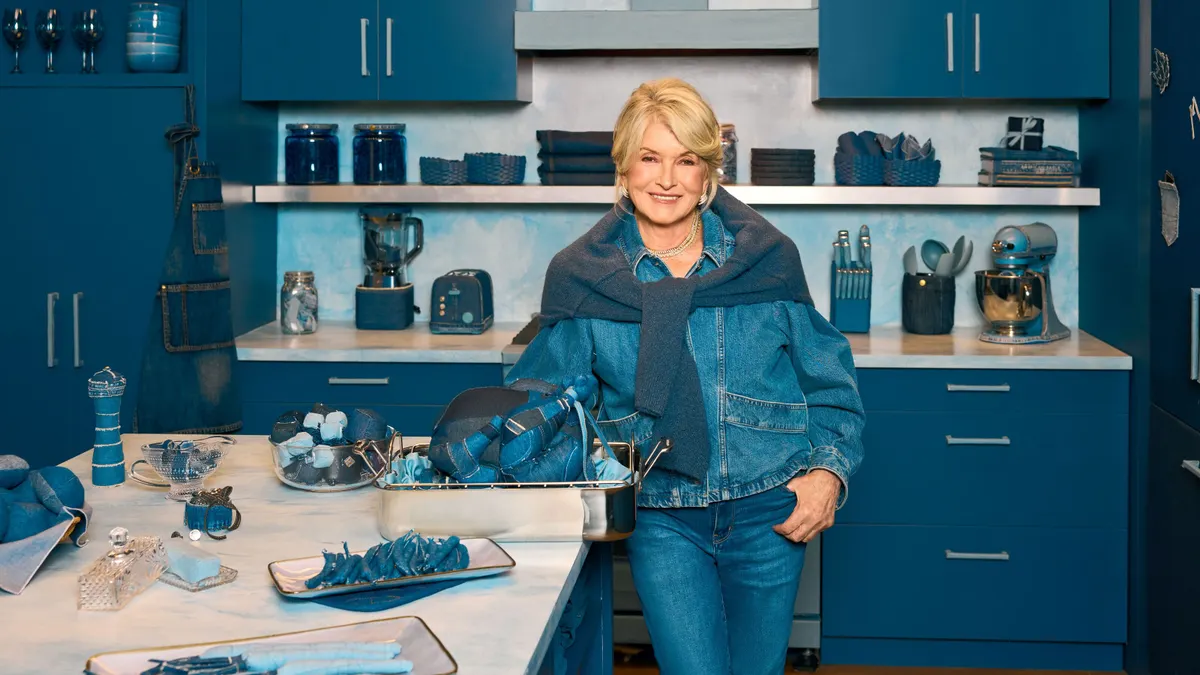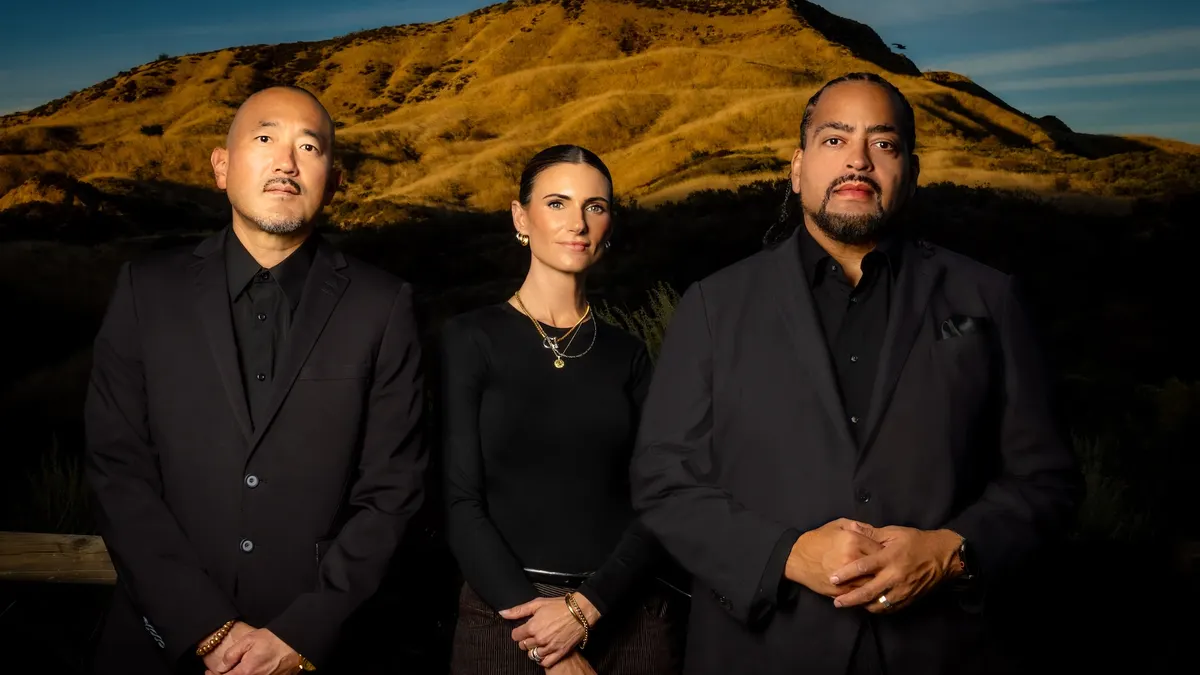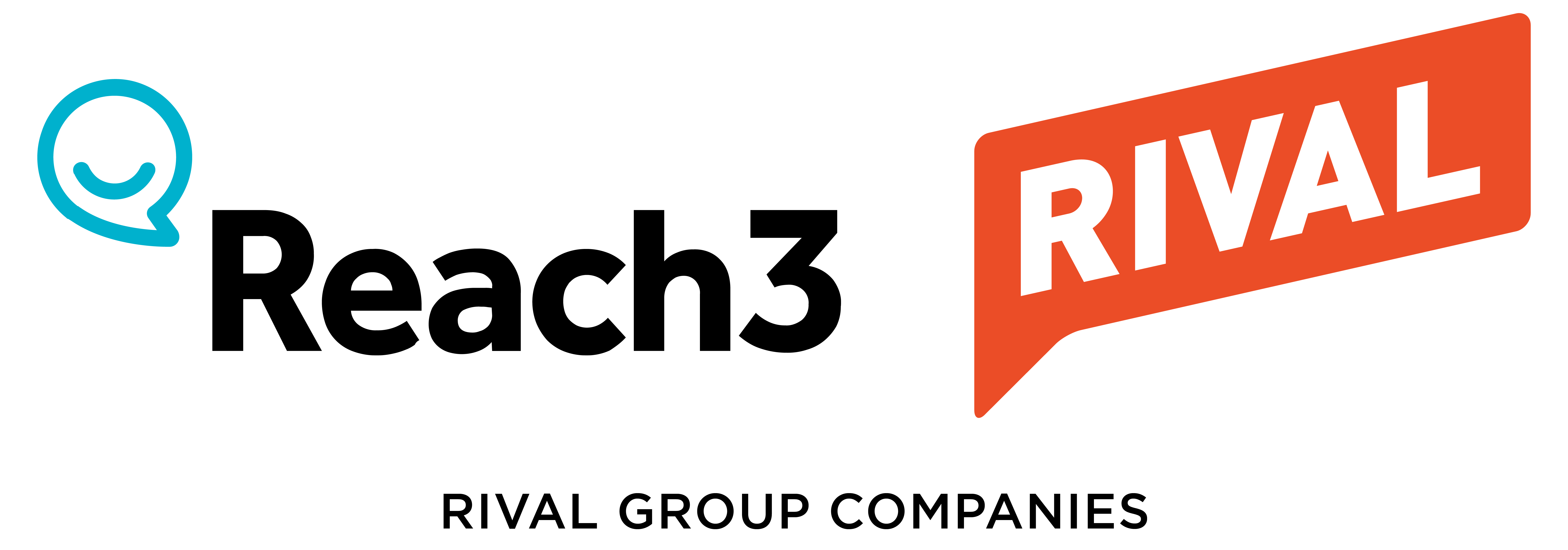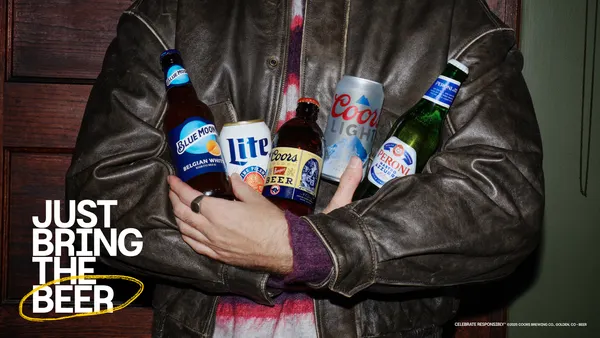CeraVe is often described as the “best” or “favorite” brand in survey rankings and social media posts, or as the number one skincare brand recommended by dermatologists. To further stake its claim as the “greatest of all time,” or “G.O.A.T.,” skincare brand, CeraVe this year introduced the world to a goat mascot named Sarah V.
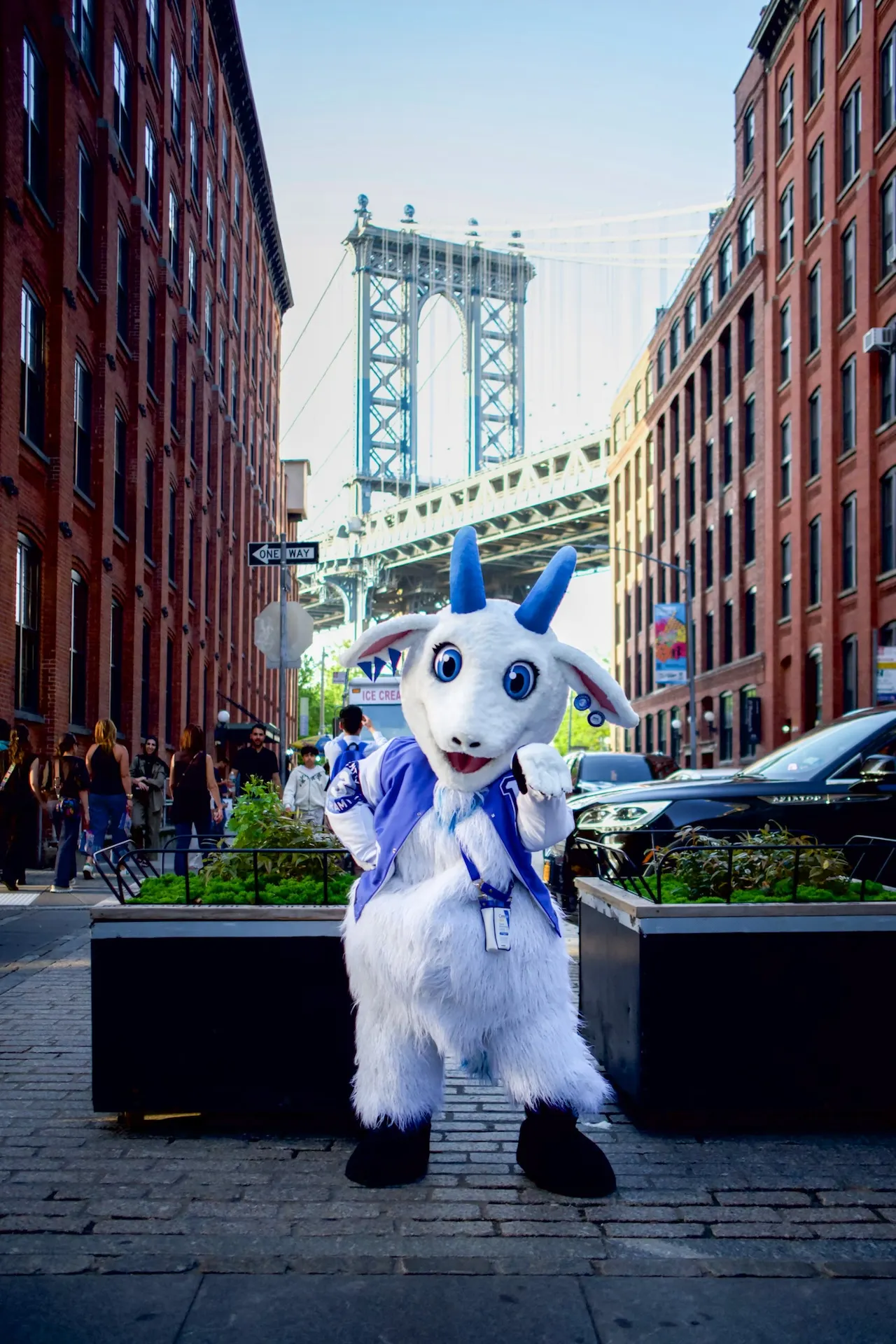
The marketing play — combining brand bona fides and an often-punny sense of humor — is representative of what CeraVe has done for years on its way to becoming a $2 billion brand. Founded in 2005 and acquired by L'Oréal in 2017, CeraVe leaned into its devoted fan base to become a global phenomenon.
“The consumers that tried [the products] weren't silent about it, and they started talking about it on their social media. Fortunately, we had some organic, loyal users who actually happened to be influencers, as well, and they propelled the brand on the social scene and gave us some amplification,” said Melanie Vidal, global general manager for the brand.
CeraVe’s creative renaissance kicked off at last year’s Super Bowl with a comedic spot starring Michael Cera that used earned media to amplify the ad beyond the big game. It has since used a similar playbook on a fake rom-com trailer, soap opera spoof, wide-ranging campaign that spanned sports and SNL and a prank video featuring influencer Jake Shane. In each effort, the brand used entertainment as a spoonful of sugar to make its medical, educational pitch — its brand purpose — easier to swallow.
“The brand purpose is really to make dermatology accessible to all,” Vidal explained. “That's why we started working with derms to give advice and to give education to consumers online. [Skincare] is one of the most searched industries online, so we leaned into that and gave the derms a voice.”
Dermatologist advice is one thing, but getting consumers to change their behaviors and try new products is another. Hence, the adoption of humorous campaigns that use fun as the ultimate nudge tool, an approach the brand now calls “medutainment.”
“We capture consumers' attention and are able to give those educational messages to them,” Vidal said. “We were fortunate enough to partner with derms that had that tone of voice, social power and social savviness to make dermatology accessible and entertaining.”
Skinfluencers, SkinTok and beyond
To amplify the brand’s message beyond its trusted dermatologists, CeraVe has relied on finding famous patients who already use its products. That was the case with the “Head of CeraVe” campaign in support of its Anti-Dandruff Shampoo and Conditioner that relied on TikToker Charli D’Amelio and basketball stars Anthony Davis and Paige Bueckers as ambassadors.
“From a marketing perspective, it's always about working with authentic users and authentic patients,” Vidal said. “We tend to create squads of influencers for reach, because we want people to be able to recognize themselves in the patients that we put forward, and it allows us to reach different tribes and demographics.”
These squads of influencers have also helped the brand scale up without losing authenticity — an imperative that is complicated by CeraVe’s place within a global consumer goods giant like L'Oréal. Being part of a large organization makes being as nimble as challengers and independent brands a challenge.
“If you want to be culturally relevant, you need to move at the speed of culture, and the speed of culture doesn't wait for bureaucracy,” Vidal said.
To do so, CeraVe has focused on the core of its brand purpose and promise, bringing together social insights and conversations, valuable information from dermatologists and the amplification it can do with its marketing muscle. Being on the platforms where consumer conversations happen means being on TikTok (where “SkinTok” has become a major topic) but also on YouTube, depending on what type of marketing message it is sending.
CeraVe runs awareness campaigns on channels where consumption is more passive, using entertainment to break through, and educational content in channels that are more active search platforms. TikTok has quickly become the latter, especially for younger generations.
“That [approach] has been working quite well for us,” Vidal explained. “Giving the brand a personality, a DNA and a tone of voice, balanced with the usefulness of the content that we put out there, is shortening the distance between the derms and the patients… making CeraVe what it is today.”


